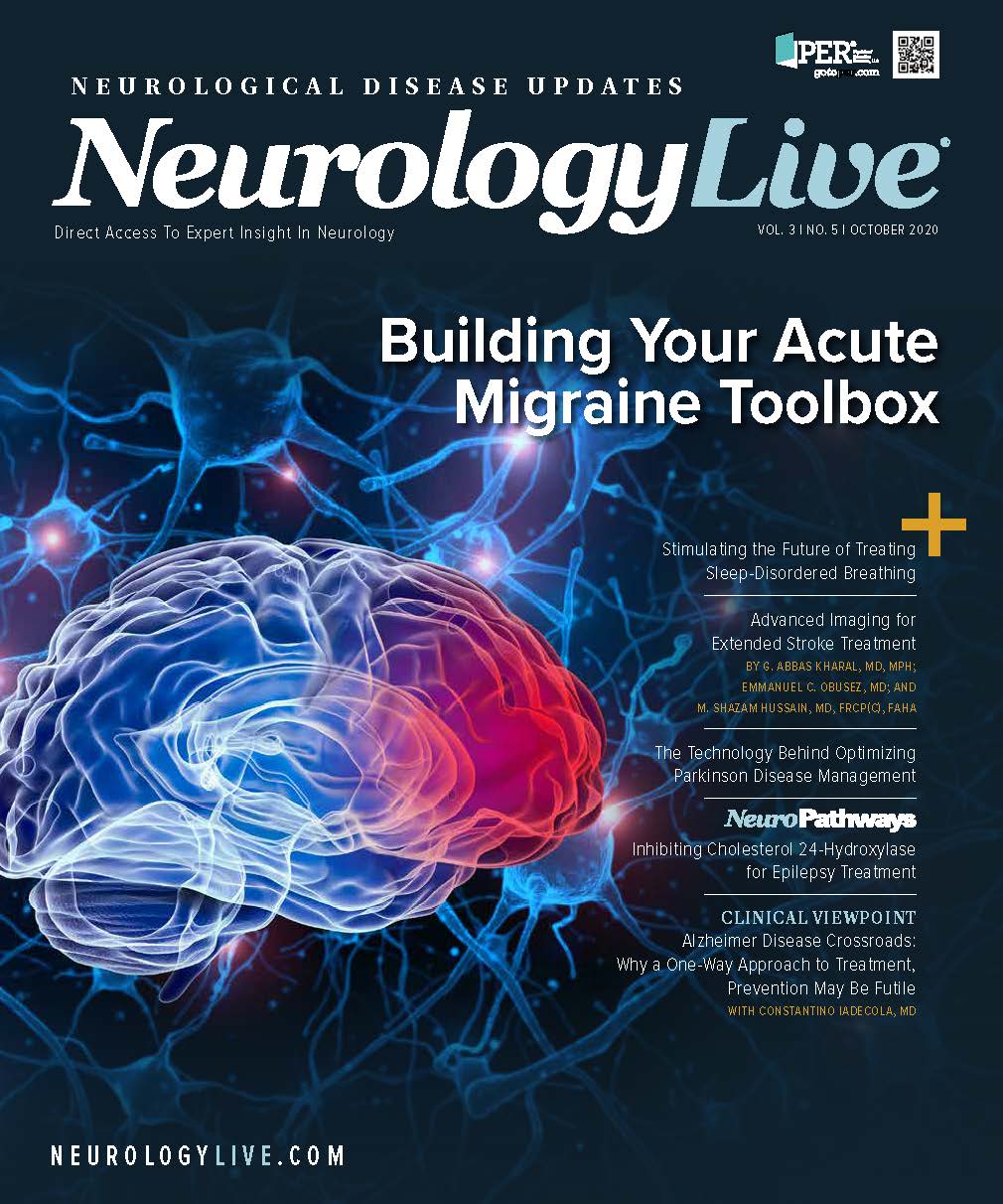Publication
Article
NeurologyLive
Telemedicine: An Opportunity to Bring Better Care to All
Author(s):
Guest editor in chief Jessica Ailani, MD, FAHS, FAAN, provides an overview of the challenges and benefits associated with telemedicine.
Jessica Ailani, MD, FAHS, FAAN

There is little doubt that 2020 will be a year that lives in infamy. Unique to it has been the distinct politicization of medicine unfortunately to the disservice of the greater good. With political divide,
civil unrest, and the awakening of our country to discussions about inequality in regard to race, gender, and financial means, telemedicine landed at the forefront of a global pandemic as a way to forge through all barriers and provide care to patients. As quickly as telehealth was accepted by governing agencies that had put limits to its use in the past, barriers to providing patient care using this platform were made clear to practicing clinicians.1 Telemedicine is an effective way to provide care to patients who cannot be present in the clinic or office,2 thus it is important that we continue to improve this offering so we can provide safe and effective care to all patients.
Current challenges and considerations for telemedicine include the following:
Barriers to internet and device use must be recognized.
Studies show that elderly patients, those with physical or mental disabilities, Black or Latinx patients, and those with lower socioeconomic status are less likely to have access to a reliable, secure internet source or a device capable of connecting to a video platform or the ability to use these resources on their own without a third party.3,4 To provide the best care to all patients, limits to internet and device use must be recognized and considerations should be made on how to provide telehealth services to patients with limited access. One possibility would be to have telehealth hubs centered in local communities where patients could book an appointment to connect via a telehealth platform. These hubs could be located in pharmacies and grocery stores or even local libraries. Privacy considerations would have to be taken into account, as would a way to continue to service and run these stations either by public or private grants.
Initial and annual physicals need to be conducted in person.
At this time, telemedicine exams cannot replace in-person exams. Although there are available devices that can connect to telehealth platforms to assist with collecting vital signs and performing EKGs and limited eye assessments, their cost and questionable security will likely continue to limit their use to those who can afford it. Ultimately, nothing will replace a physical exam that evaluates for nodules, lumps, edema, reflexes, papilledema, motor strength, and so on.
Patient education on telehealth platforms is vital.
If a patient is interested in using telehealth, they need to be educated on using the telehealth platform and how to prepare for a visit. Telemedicine leaves a lot for the patient to coordinate and if they are not prepared for this, it can make the visit less efficient and lead to higher rates of dissatisfaction and lower rates of adherence.
Use of ancillary staff provides a sustainable infrastructure.
In clinical practice, we rely on staff to create a smooth visit flow; this is no different with telemedicine. Using a medical assistant to start the visit and update the record can improve practice efficiency and allow clinicians to see a greater volume of patients.
Clinician training on telehealth platforms and conducting telehealth visits is essential.
We were not trained in medical school to stare at the eye of the camera rather than the image on the screen in front of us; on how to speak with warmth to a computer screen; and on how to provide compassion without a gentle touch. It takes a unique skill set to translate warmth and humanity over a televisit and without this, virtual visits can lead to decreased adherence to medication regimens, decreased patient satisfaction, and ultimately, difficulty in building long-lasting, trusting relationships. Telehealth skill training should be a required module for all clinicians who implement telehealth into their practice.
"Ultimately, the lessons learned from the rapid uptake of telemedicine should help us build a stronger, more sustainable future for the platform."
Telehealth platforms must be HIPAA compliant.
There is no substitute for a secure, private interaction between a clinician and their patient. Security for both parties should be a priority regardless of the nature of the visit, therefore standardized HIPAA-compliant safety measures should always be employed across telehealth platforms.
Ultimately, the lessons learned from the rapid uptake of telemedicine should help us build a stronger, more sustainable future for the platform.

REFERENCES
1. Almathami HKY, Win KT, Vlahu-Gjorgievska E. Barriers and facilitators that influence telemedi- cine-based, real-time, online consultation at patients’ homes: systematic literature review. J Med Internet Res. 2020;22(2):e16407. doi:10.2196/16407
2. Bloem BR, Dorsey ER, Okun MS. The coronavirus disease 2019 crisis as catalyst for telemedicine for chronic neurological disorders. JAMA Neurol. 2020;77(8):927-928. doi:10.1001/jamaneurol.2020.1452
3. Lam K, Lu AD, Shi Y. Assessing telemedicine unreadiness among older adults in the United States during the COVID-19 pandemic. JAMA Intern Med. Published online August 3, 2020. doi:10.1001/ jamainternmed.2020.2671
4. Pearlstein J. Access to telemedicine is the hardest for those who need it most. Wired website. September 3, 2020. Accessed September 4, 2020. https://www.wired.com/story/ access-telemedicine-is-hardest-those-who-need-it-most/


Neflamapimod Shows Promising Phase 2b Extension Data in Dementia With Lewy Bodies




